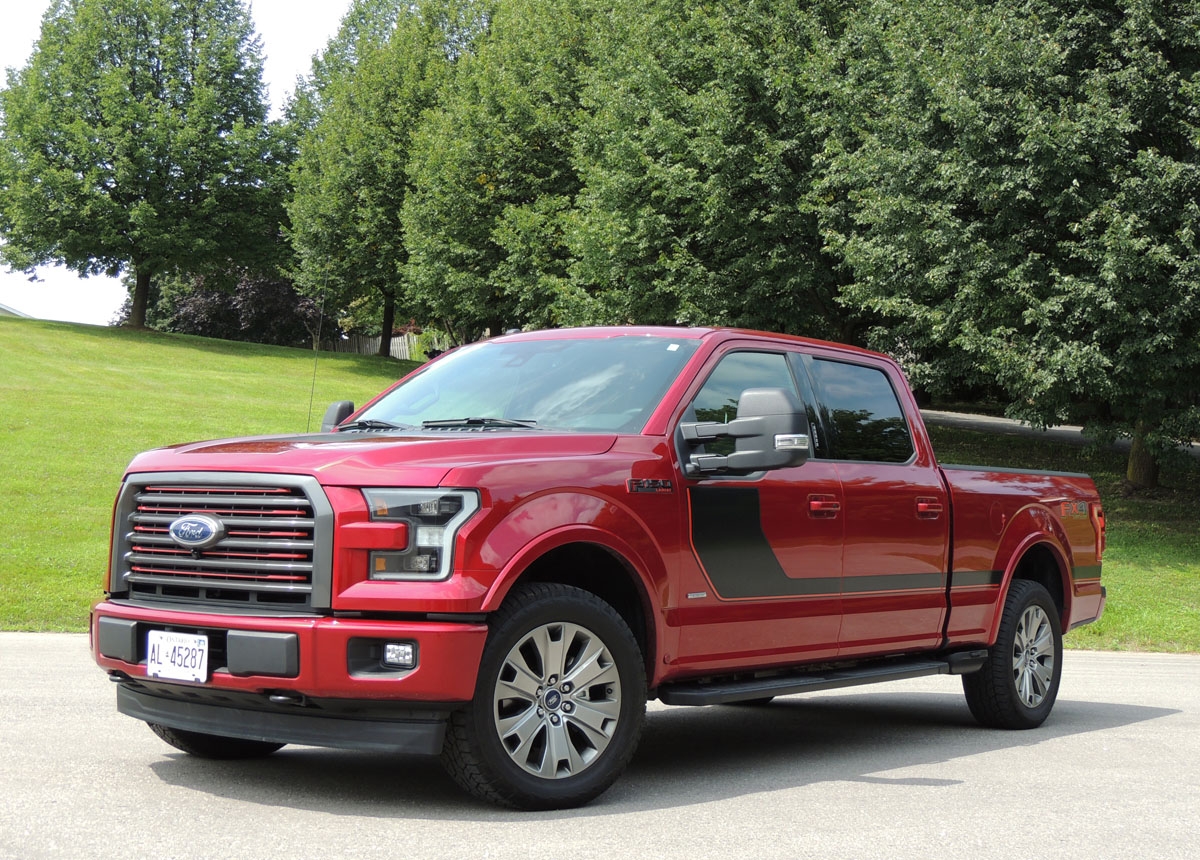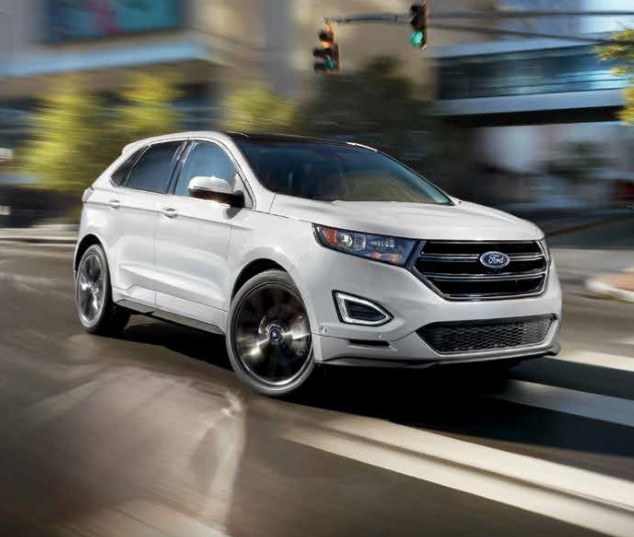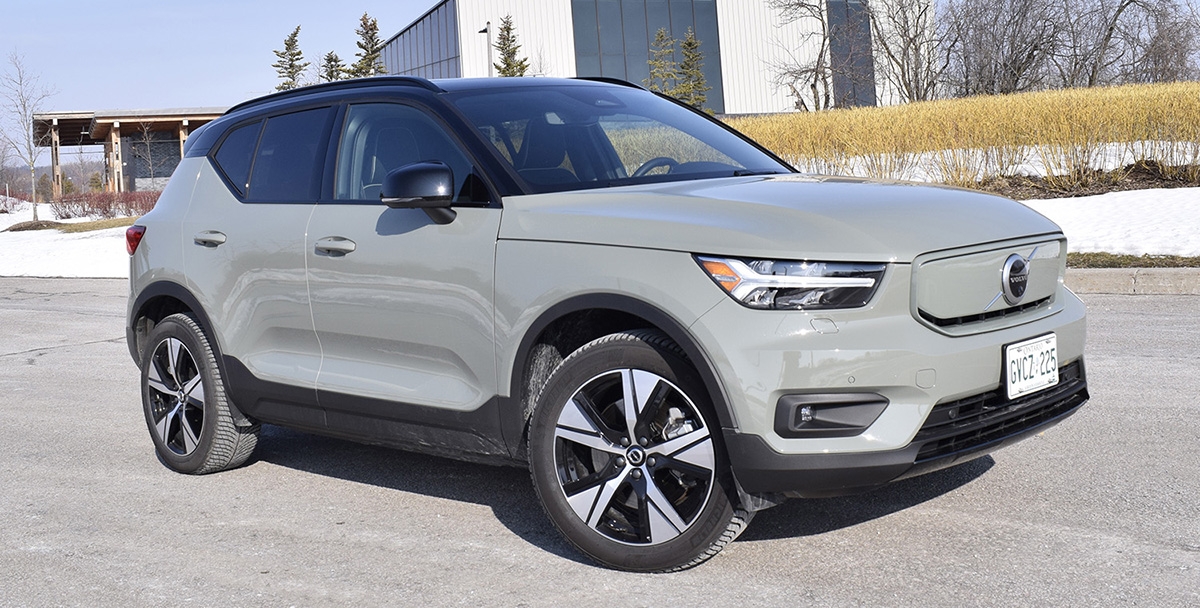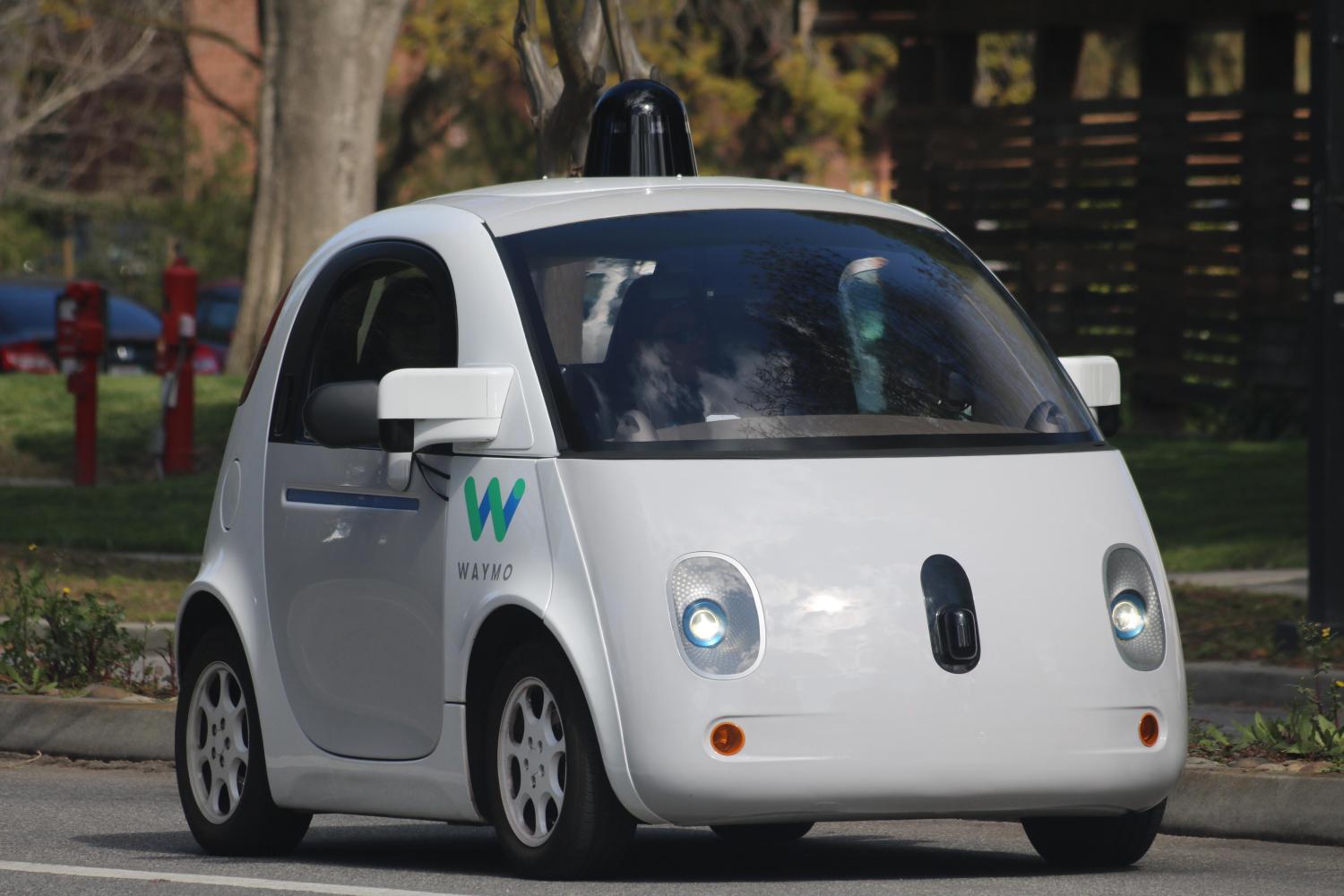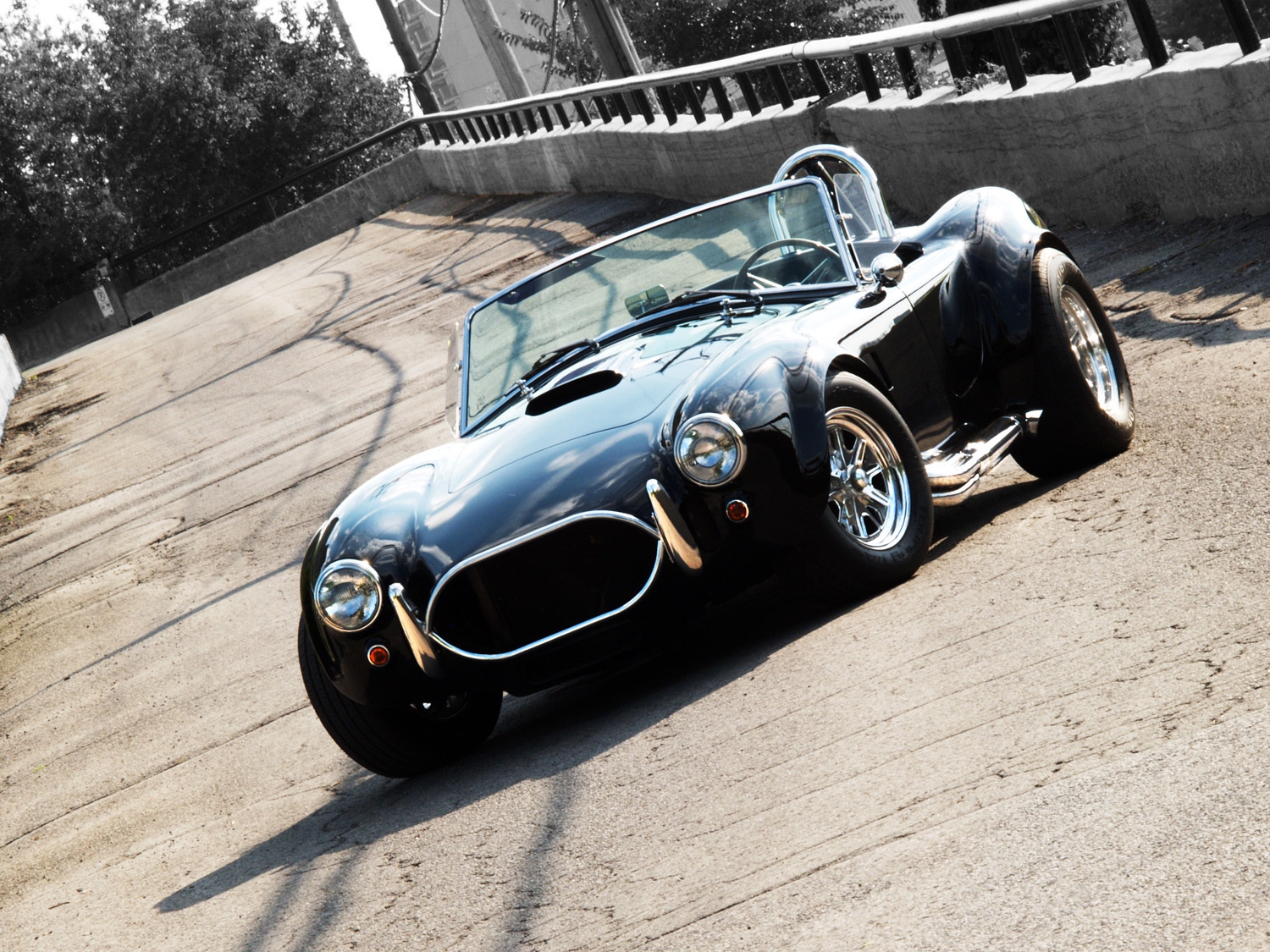
Behind the wheel of 1966 Shelby Cobra replica
All photos by Clive Branson
Think of a watermelon-sized engine stuffed into a mango-sized car and it should give you a good impression as to what the power of a Shelby Cobra is like: tough, raw, overpowered with G-force and demonstratively demanding to handle. But, for Kelly Tynkkynen and her husband Rohan, it represents pure freedom.
“When we’re on the road, I feel very free, but I also feel very vulnerable. There is a lot of power with this car and if you don’t handle it well and respect it, you can suddenly find yourself in a dangerous predicament,” she states emphatically.
The sound and distinctive predatory look of the whale-arching curves and the compactness of muscle of this beast is an immediate retina-pleaser.
“At times I feel like I’m on display,” Kelly confesses. “This car garners a lot of attention."
An understatement for it’s almost impossible not to stare at it. In fact, the Cobra is the most replicated car in history and the original models are well into the six-figures and climbing. Shelby American commemorated its 50th anniversary in 2012 – the year of Carroll Shelby’s death – with a special edition of its roadster. It sold out within 48 hours. Original versions of the 427 AC Cobras are now among the most sought-after cars in the United States. Shelby’s personal Cobra was auctioned in 2007 for a staggering $5-million.
For Carroll Shelby, the Cobra’s innovator, the car reflected his approach to life and admitted in his native Texas drawl as, “too much is just right.” As for the car’s handling, the Cobra, even a replica like this one, is almost all engine. The chassis had to be strengthened to take the 7-liter V8. Despite the wider tires to compensate for the immense 427 out put, there’s still a huge surplus of power over grip. To give you an idea, it’s like skating with a rocket pack on your back.
“It is a workout. You feel every bump in the road,” admits Kelly. “It can be scary. There is no power steering and it has standard transmission. It is incredibly powerful and reacts to whatever you want before you tell it to react. You want power you get it in spades. Fortunately if you just want to cruise, you can do that, too, however; this car doesn’t like to idle.”
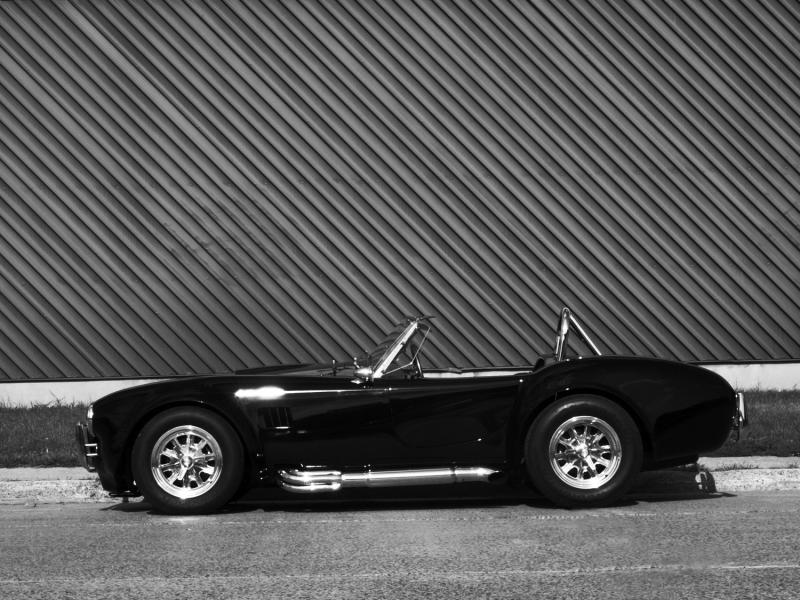
But let’s start from the beginning of the Cobra’s unlikely love affair. It was an alliance between AC Cars, a quintessential British roadster manufacturer, and Carroll Shelby, a charismatic Texan former racing car driver and chicken farmer, who produced the legendary AC Cobra. AC’s sports car, the Ace, was turned into the Cobra in 1962 when Shelby, who was sidelined from driving due to heart problems, had a knack to foresee the future just as Remington saw the future of the rifle, and saw the potential of combining British design ingenuity with American brawn. With the help of designer, Peter Brock, they experimented by replacing a six-cylinder engine, dating back to World War I, and crammed various American Ford V8s into the lightweight alloy car, starting with a 4.2-liter, and later, a 4.7-liter Mustang engine. In 1965, Shelby (backed by Ford), was determined to win Le Mans (Shelby won it as a driver in 1959 in an Aston Martin) and, always a man to take things to the limit, squeezed in a behemoth 7-liter Ford V8 for good measure. Though the AC Cobras were invincible on the track and took the World GT Championship in 1964, they didn’t win Le Mans and even failed to sell in any reasonable quantity at the dealerships. Nevertheless, the Cobra soon acquired the reputation as one of the most aggressive machines and the fastest accelerating production car ever built, reaching 0 to 60 mph in just four heartbeats – impressive time today, but unheard of in the 1960s.
“You get your exercise driving one of these,” concedes Kelly, “but at the end of the day, it feels awesome and I can really appreciate the skill and endurance it took to race one back in the day. The first time I saw a Cobra was when my husband and I attended a car auction in Florida in 2015, which was something Rohan always wanted to do. I went initially to accompany him, not realizing how much fun it was going to be. With so many cars, it was a complete sensory overload,” says Kelly who brushes a sweep of brunette hair away from her sunglasses. “We had no intention of purchasing a vehicle at the time, but when I saw the Cobra, it was love at first sight. I liked the soft rounded lines of the car and I thought it was such a great looking vehicle. And when the owner was kind enough to start the car for me, the explosive eruption of the engine was like poetry to my ears. I was hooked and started looking for one at that point.”
Two years later, Kelly and Rohan purchased a replica of a 1966 model built by Midstate Cobra (the company was later bought out by Shell Valley in 1999) from a person in Los Angeles.
“Rohan saw the car advertised on eBay and it was close to what I was looking for. After several phone calls, we made a deal with the owner," says Kelly. "I had it inspected by a local garage in L.A. prior to purchasing it and then arranged for shipping of the car to Upstate New York. We drove down to pick it up. I couldn’t believe that this was my car! And if that wasn’t a good enough feeling, when the truck driver fired it up to load it on the trailer, the sound made the moment even more amazing. We trailered it back to Ottawa and I don’t think our grins ever left us on that journey home.”
Rohan contacted the original owner in Pennsylvania who built the car. He had an ability to restore and modify cars, including his own Viper and a couple of his turbo Porsches. He had actually built the Cobra for his wife. The car initially had a 351 cubic inch Ford V8, but he felt the car was too slow. I wonder if his wife agreed? So he replaced it with the current 427 engine. Eventually, he sold it to the dealer in California – probably to pay for the alimony.
“The car was in great shape with only 4,300 miles clocked,” confirms Kelly, “though I had Wilwood front brakes installed up front since I wanted better stopping traction than what came with the car. We’ve only added another 200 miles on it, but what a rush those miles have given us.”
“I guess I got the car bug from a boyfriend who owned a 1969 Nova SS. We used to take it to a drag racing track and raced the ¼-mile and worked on it together. Though it was his car, I would drive it from time to time, hitting the 10-second mark in the quarter,” recalls the tall, flamboyant Kelly. “It was that experience that made me appreciate speed and the power associated with cars. Though I don’t have a deep passion for cars, I truly appreciate the beauty and mechanics behind them. Rohan has a passion for cars, and through him, I’ve come to appreciate cars even more.”
In Kelly’s opinion, mass produced cars of today do not have the same idiosyncrasies and panache of the cars from the past. “I like driving the car just to display it to people who remember the cars from that era and to take them back to that time in their lives. I also like to show the car to the younger generations to allow them to see that cars, that were once made, had personality and individuality.”
When I ask Kelly her prognosis of the future of classic cars of the ‘60s and ‘70s, she is adamant.
“I think the future for these cars is alive and well. There are so many people that are passionate about them. It is not something only for the older generation who are holding onto their youth. I’ve seen young folks with their cars continuing with the hobby. When I’ve attended cruise nights, car shows and auctions, I’ve spoken to all sorts of people, of various ages, backgrounds and knowledge levels. All these people have been very gracious and open. They are very keen about speaking about their cars and happy to impart their experiences. The future of classic cars looks great!”
No doubt, Carroll Shelby would have agreed with you.

